Den Haag - Global City by the Sea
![]()
After living in Delft, Den Haag felt like a big, busy city. Here the sense of evolution and change was palpable. Throughout the Centrum, we walked along fences, behind which construction cranes rose above new towers under construction. Further exploration revealed a skyline of avant guard towers clustered between Centraal Station, the center of transport, and the vast white Stadhuis (City Hall).
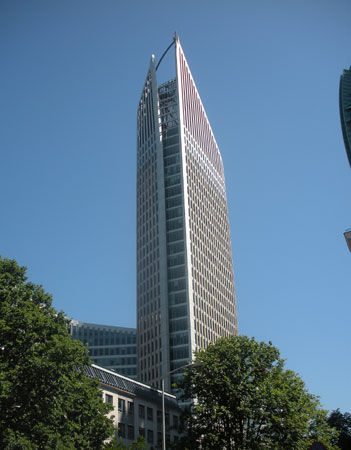
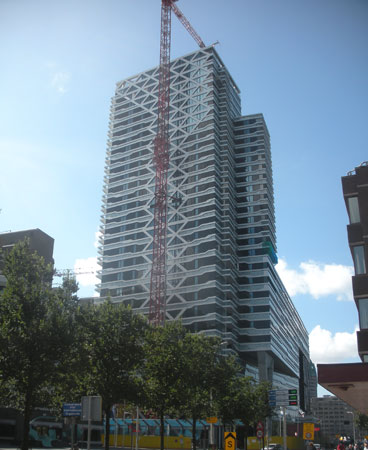
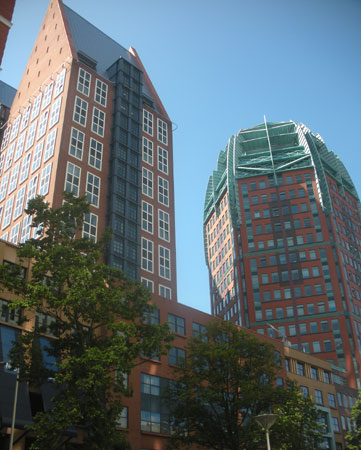
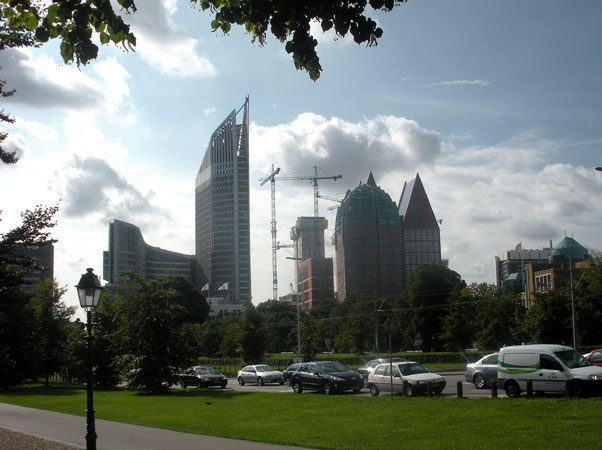
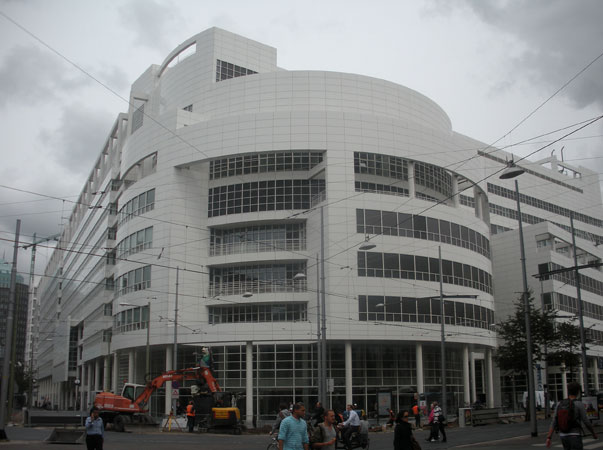
It took a bit of searching to discover the Binnenhof, the historic heart of the city, but it was there, a graceful mass of brown brick turrets and walls at the edge of the Hofvijver, a small lake. Inside the courtyard, the Ridderzaal, the elegant Knights Hall, sat surrounded by the stately buildings where the Staten-Generaal, the Dutch Parliament, has met since 1446. For more about the Binnenhof, click here
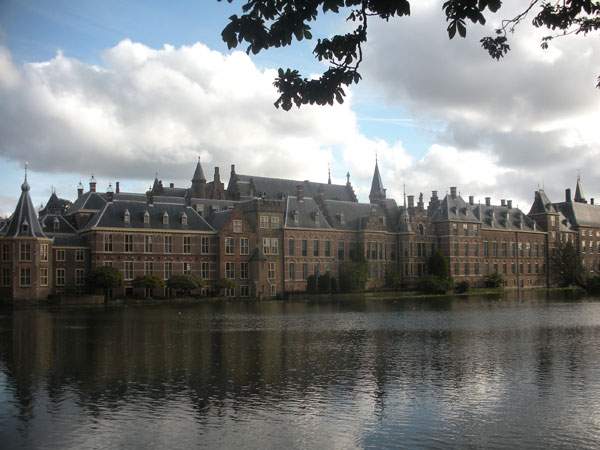
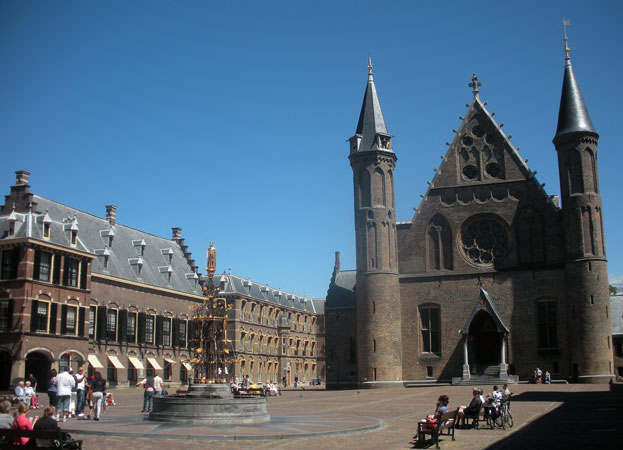
Den Haag's Vision for the Future
We soon learned that Den Haag is a city with a vision for its future and a strategy (Structuurvisie), The Spatial Development Strategy, The Hague 2020. The motto of the strategy is: Global City by the Sea, expressing the ambitions of the municipality.
Pictures of some of their ideas are below.
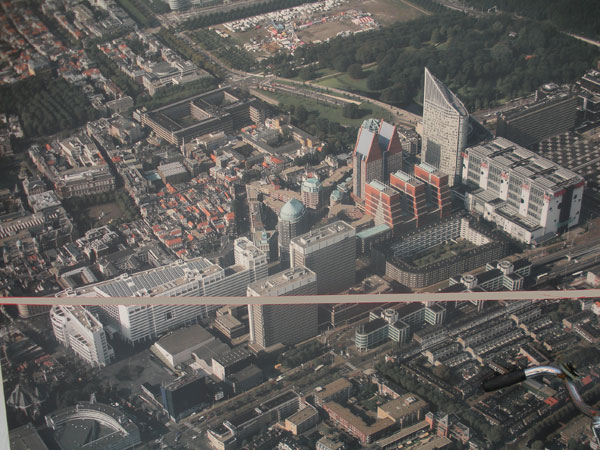
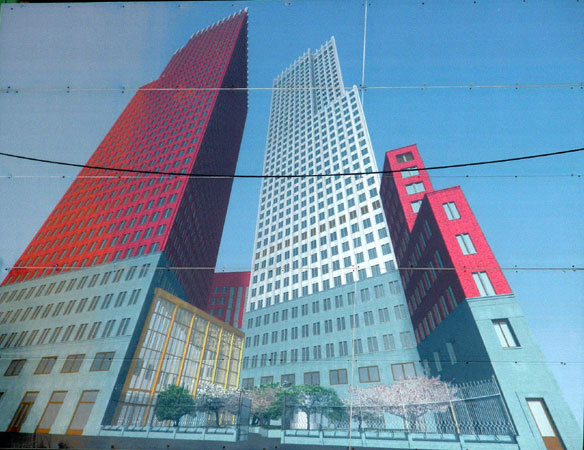
Home to many international organizations including the International Court of Justice housed in magnificent Peace Palace (below, left), Europol, and the Organisation for the Prohibition of Chemical Weapons (below right), Den Haag is presently the international city of peace, justice and security and, according to the Strategy, it would like to expand upon this image in the coming years. According to the Strategy, "The city council intends to firstly profile The Hague even more as an international city that can more than adequately hold its own in a comparison with other European UN cities such as Brussels and Geneva. Secondly, the council plans to fully exploit the location by the sea through offering a wide range of amenities which attract tourists."
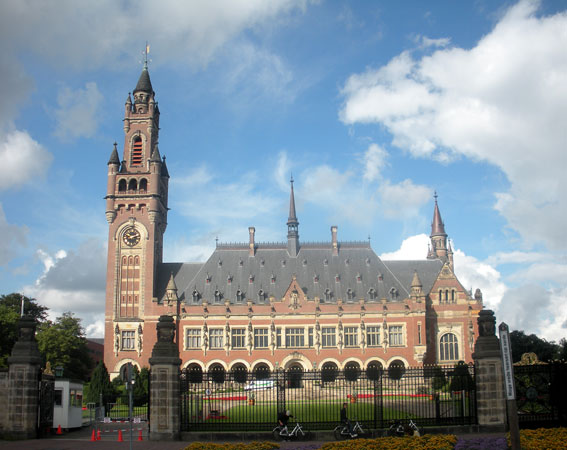
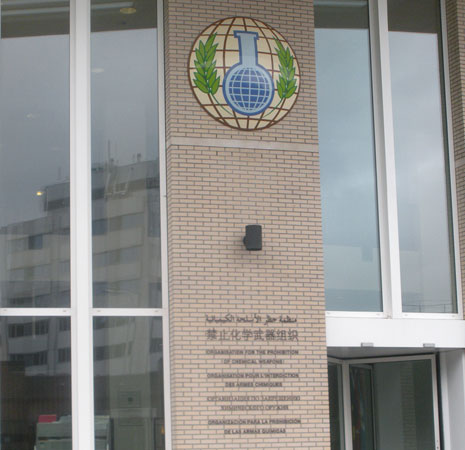
Our Life in the 'Big City'
Once we had settled in a tiny studio in the Willemspark neighborhood (below left on 2nd floor), we set out to experience life in this global city by the sea! We soon discovered that we had selected a charming and historic urban neighborhood to call home. Across the street was a lane lined with pubs and cafes, the laundry was in the next block. An Albert Heijn (AH) food store was a short walk away. Clustered around the AH were a bakery, another pub, and several shops selling various specialty foods, cheese, and wine. The Post Office, an ATM and recycle bins were along the way. Our mobility choices, in addition to our feet, included two tram lines and several buses so that we could easily travel to all parts of the city. The Centrum was a ten minute ride and the beach at Scheveningen was only twenty minutes away! Perfect!
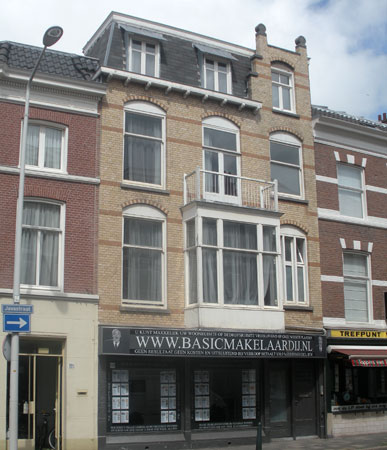
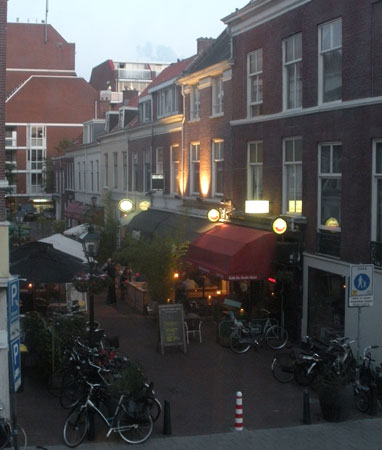

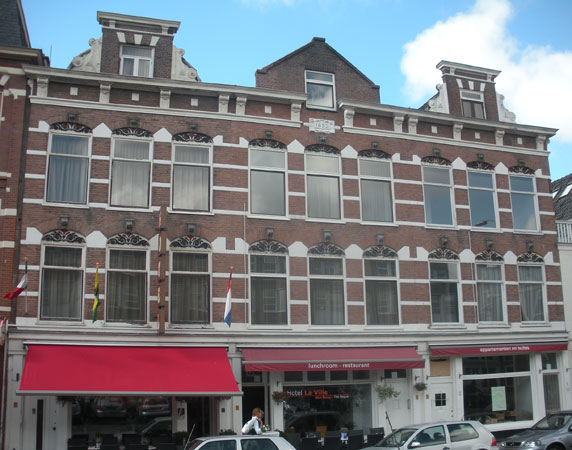
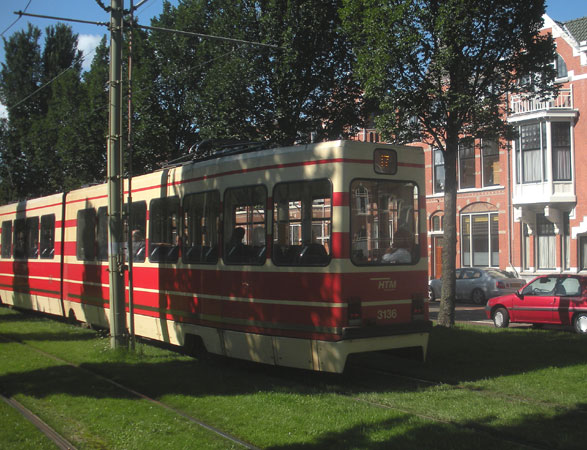
During walks around our new neighborhood, we came to realize that Den Haag has a rich stock of elegant, charming residential buildings. Built from the 17th century onward, from solid Dutch brown brick with white trim, two to four stories high, these houses lined many blocks, fronted by wide sidewalks shaded by leafy street trees. In other areas, the buildings were of various ages, often difficult to guess, but the sense of style and grace was mostly always maintained. The concept of "mixed use", probably wasn't necessary in Den Haag; having shops and offices along residential streets was just normal.
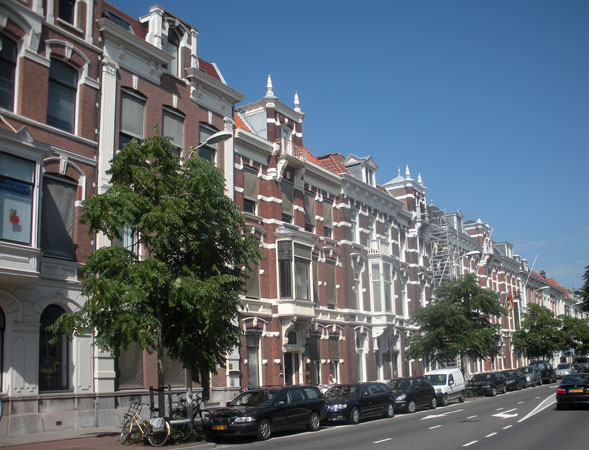

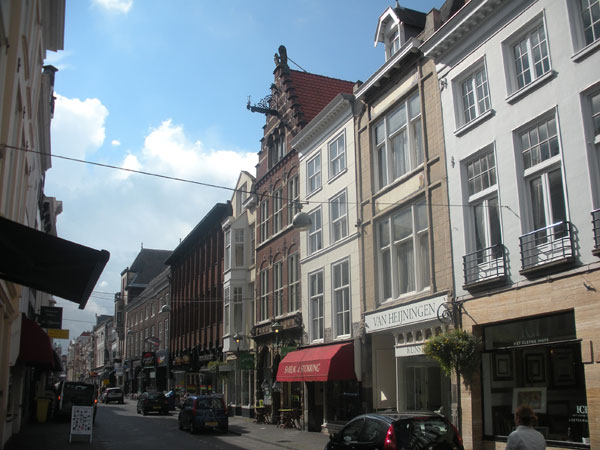
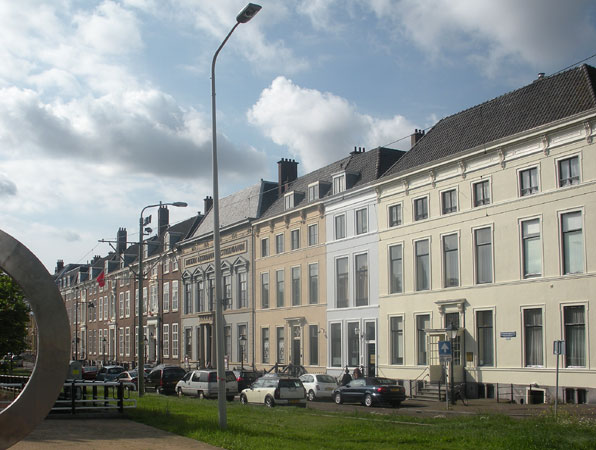
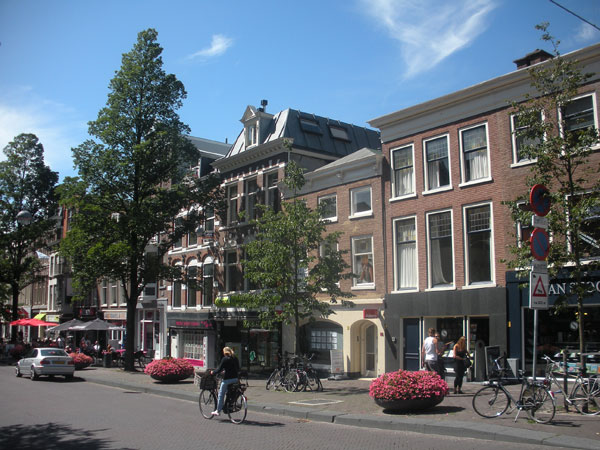
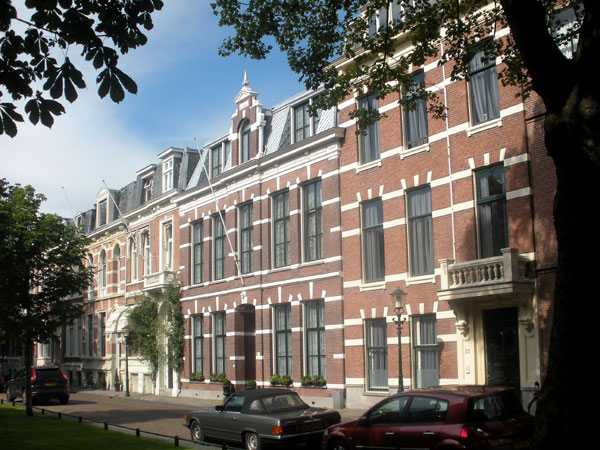
With over 30% of the city's area being green space, parks and canals were never far away and pleins, the Dutch version of squares, occurred frequently. Usually with a statue or memorial in the center, trees along the edges, and sometimes with a church along one side, these pleins normally had a pub or cafe as well as several shops of various sorts.
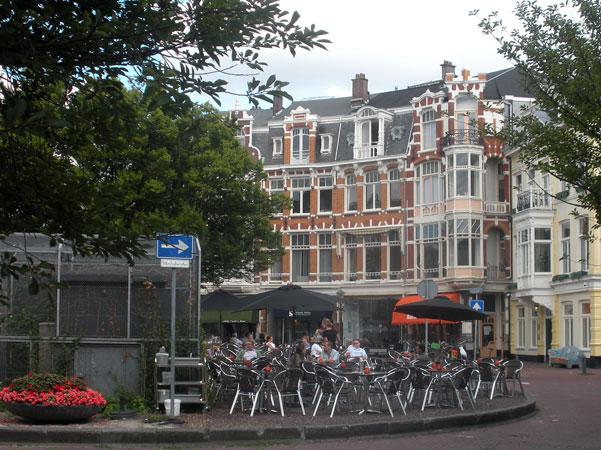
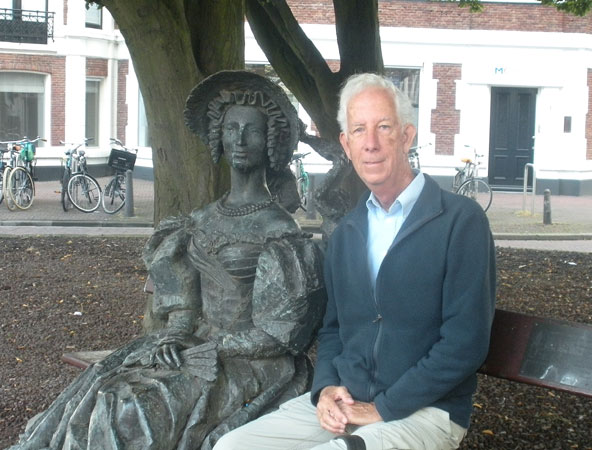
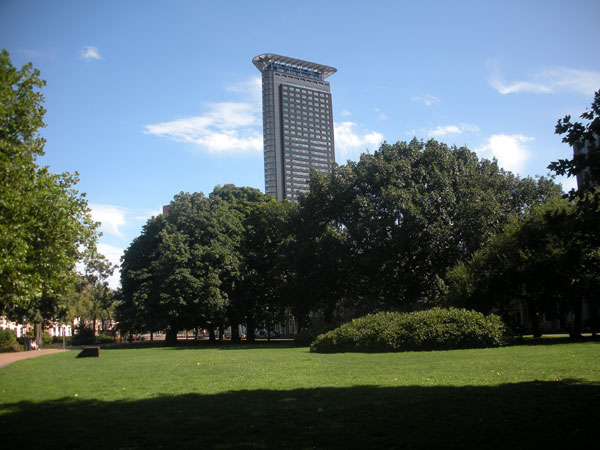
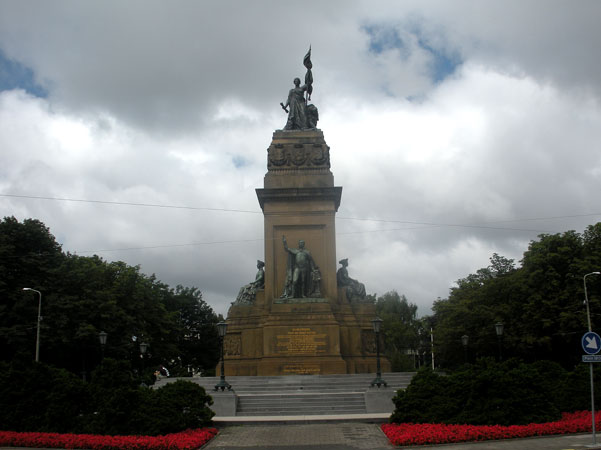
The canals were another essential element of the city's infrastructure, providing transport, water management and security since early times. Like many cities in Zuid Holland, Den Haag had a ring of canals surrounding it with gates that were closed at night to prevent access from outside or to control floods, if necessary. Today, these canals provided ambiance and habitat as well as transport.
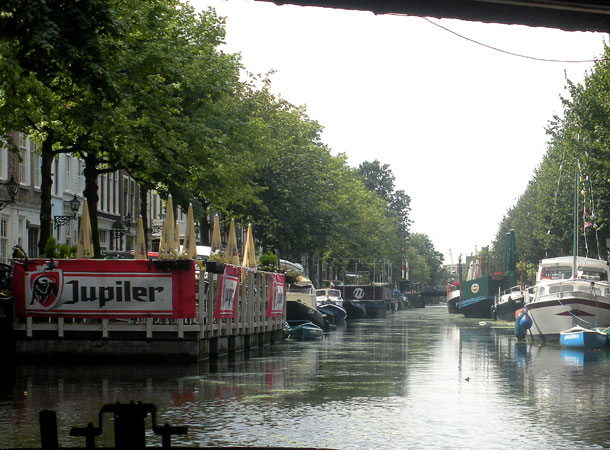
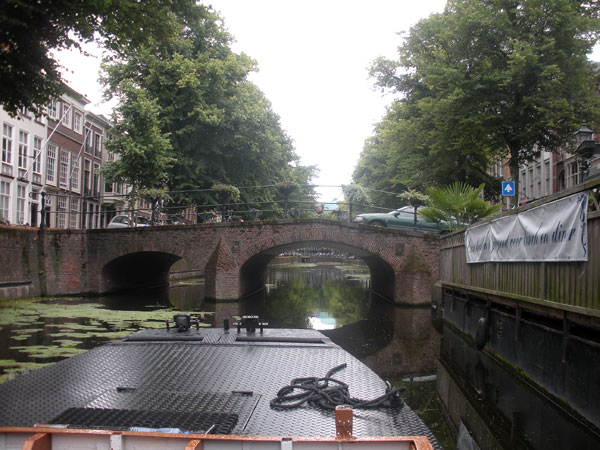
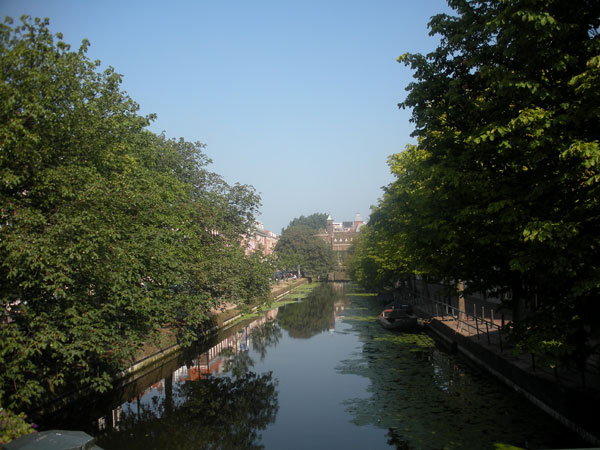
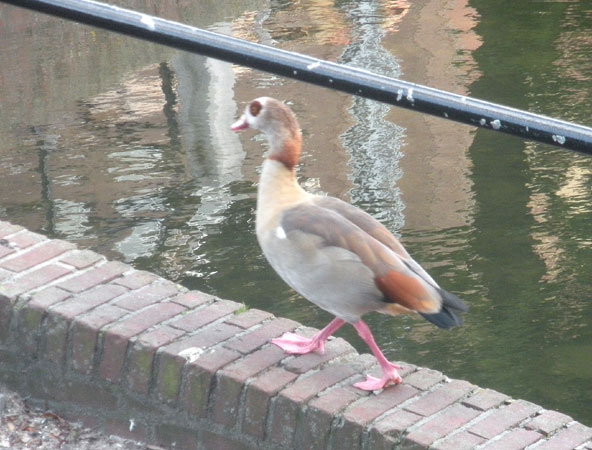
The great Haagse Bos, once the hunting grounds of the Dutch counts and stadholders, now enabled residents to walk, ride bikes or just hang out in green and leafy surroundings. A herd of deer still inhabited a section of the forest, although they were within a fence. Other parks, large and small, around the city enabled residents to play, walk, bike and relax when the weather was suitable. Of course, the fine beaches and dunes of the North Sea were a short tram ride away!
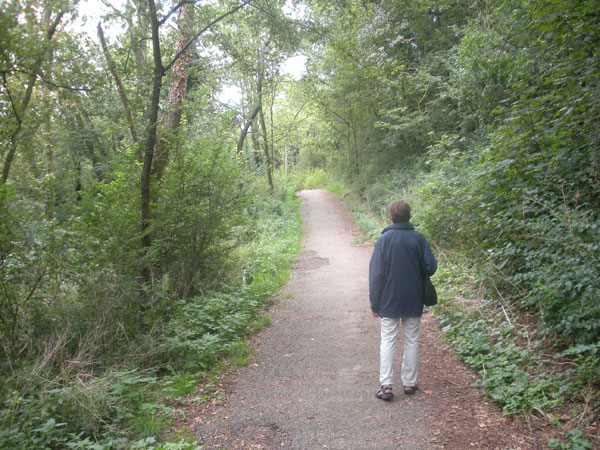
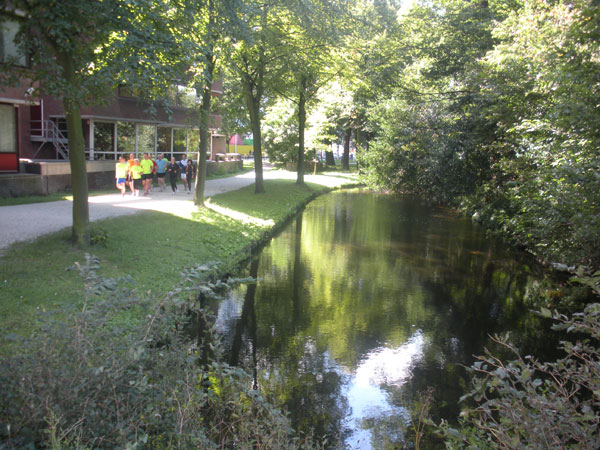
In the 1970s and '80s, Den Haag experienced a huge population expansion as people immigrated from Surinam, Turkey and Indonesia. This caused a shortage of housing and a movement of the native population to the suburbs, especially Leidschendam and Zoetermeer. The former is connected to the Centrum by trams and buses while the latter has recently been connected by the new 'Randstad' rail line that continues on to Rotterdam.
Pleasant Sprawl?
Leidschendam is a short tram or bus ride from Centraal Station, a trip that took us to a different style of urbanism. Here, the "main street" shopping area was Leidsenhage, an interesting hybrid between a shopping mall and a town center. Open air and compact, this collection of stores included small shops, an Albert Heijn super market, and a Big Box food market. There were generous surface, underground and rooftop parking lots, plus buses and at least three tram lines to serve the mobility needs of non-drivers. The surrounding residential areas included many higher rise apartment blocks and fewer townhouse-style apartments. And yet, the overall ambiance was pleasant. We could easily have lived here comfortably even though, we'd prefer Willemspark!.
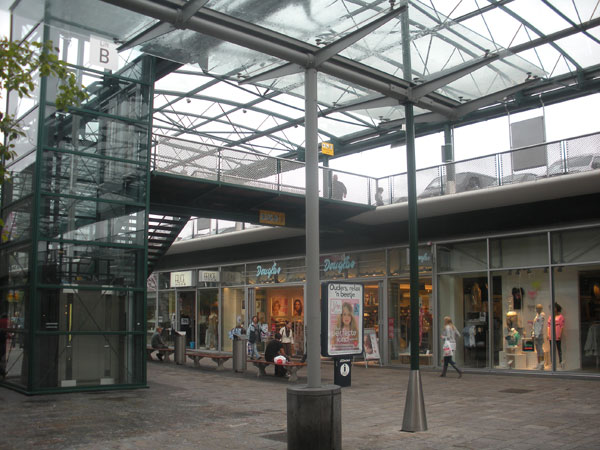
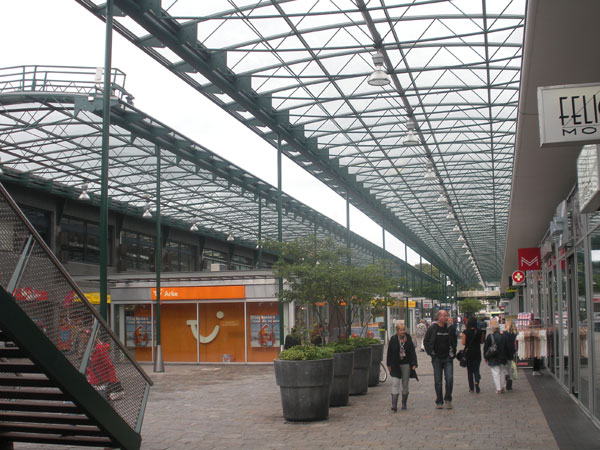
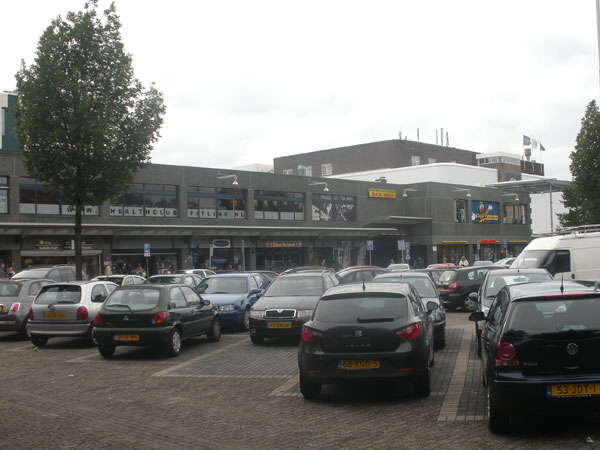
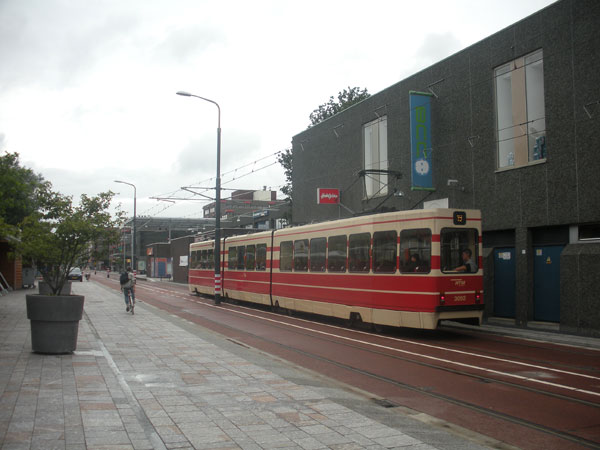
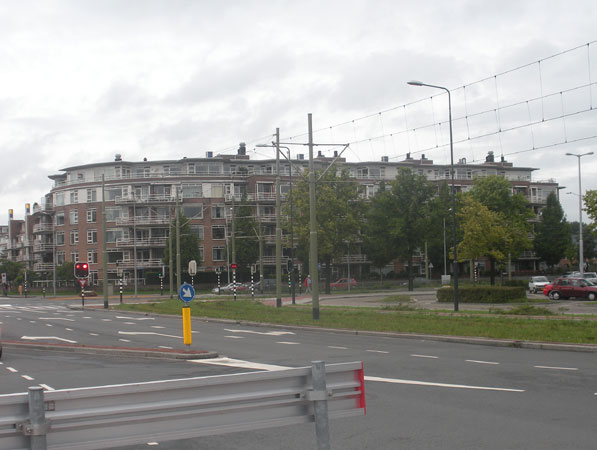
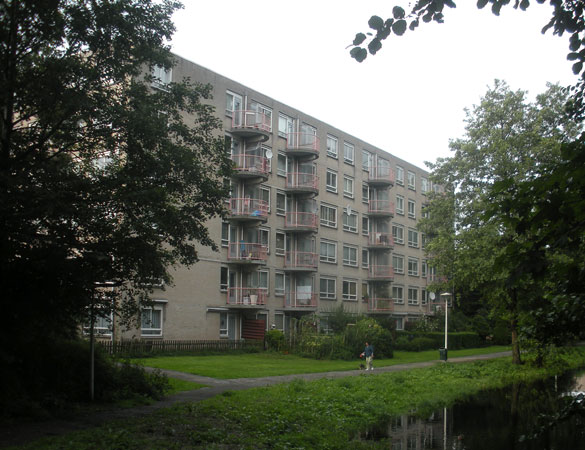
Culture Galore!
Den Haag's cultural scene offered something for everyone - concerts, museums, monuments, churches, palaces .... During our brief stay, we visited the Royal Picture Gallery Mauritshuis, housed in an outstanding classicist building next to the Binnenhof; and the Gemeentemuseum to view and admire the wonderful works of Dutch artists.
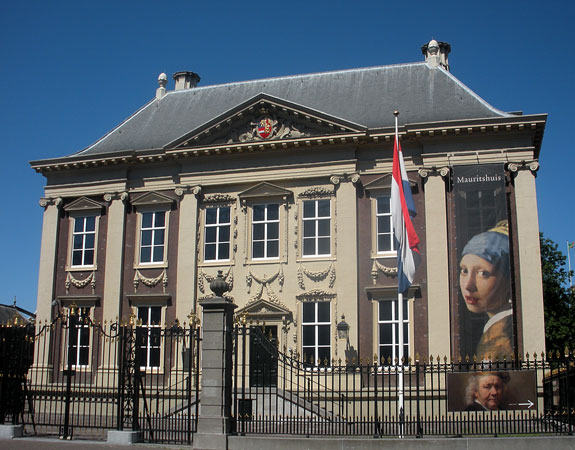
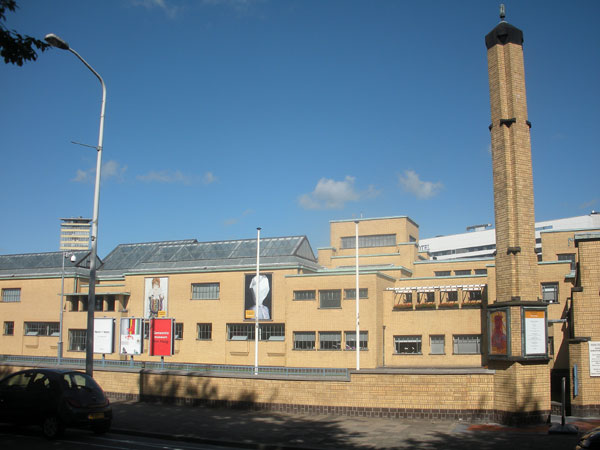
. . . and explored the Historical Museum to learn more about the city's colorful history; wandered the halls and terraces of the Museum Beelden aan Zee for modern sculpture, and later . . .

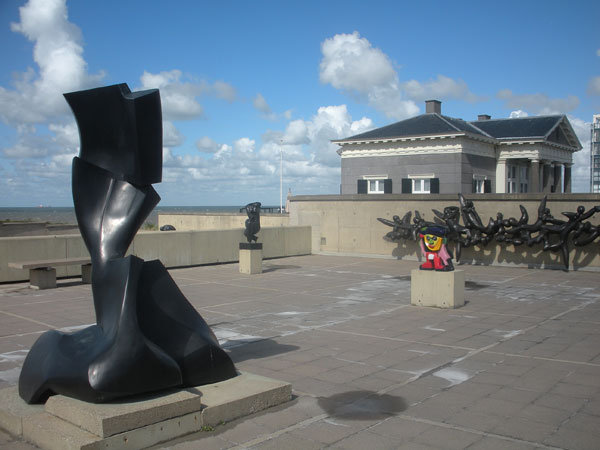
. . . walked round the amazing Panorama Mesdag, a cylindrical painting of Scheveningen as it looked in 1880. Then, there was Madurodam, the Netherlands in miniature where we traveled to all of the country in an afternoon!
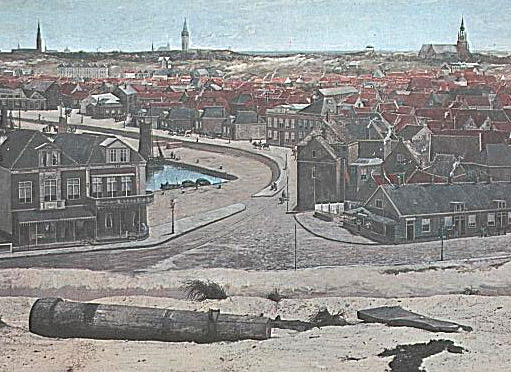
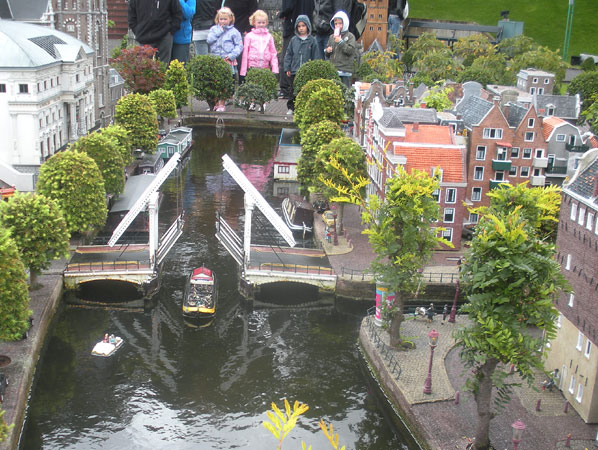
Serendipitous discoveries included incredible sand sculptures of Dutch masterworks (below left); a milonga in the Sint Jacobskerk where folks gathered on Sunday afternoon to dance the tango (below middle and right); and Wild Wonders, a stirring, emotional and visually stimulating open air photo gallery of 100 images showcasing Europe's biodiversity.
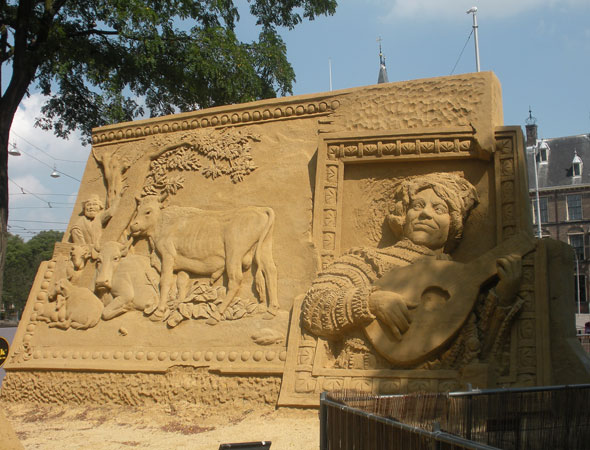
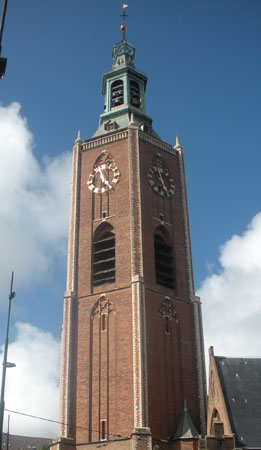
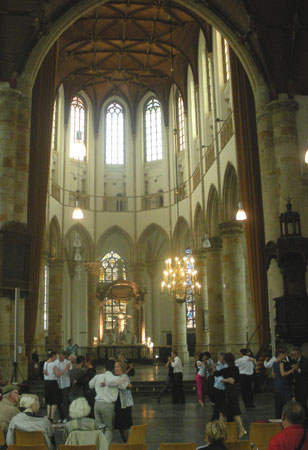
Of Palaces and Queens
In addition to the Mauritshuis, once the residence of Count Johan Maurits of Nassau-Siegen, the governor of the Dutch colony in Brazil from 1636 to 1644, Den Haag offered visitors other palaces to view. The Paleis Noordeinde, the working palace of Queen Beatrix, while not open to the public, offered its formal gardens with grand old trees, a pond and elegant stables to everybody. Des Indes, a monumental building, was once the city residence of Baron van Brienen that became a splendid (and expensive) hotel. The Vredespaleis, the Peace Palace, opened in 1913 as the home of the International Court of Justice (World Court), stood elegantly in its lush formal garden, "just as powerful and grand as the idea of world peace itself'", to quote a Dutch writer of the time.
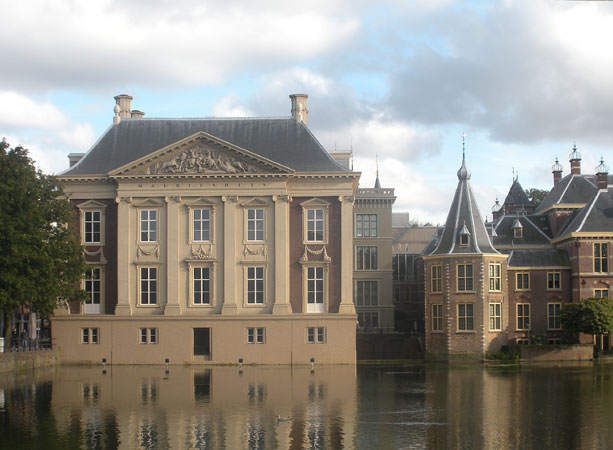
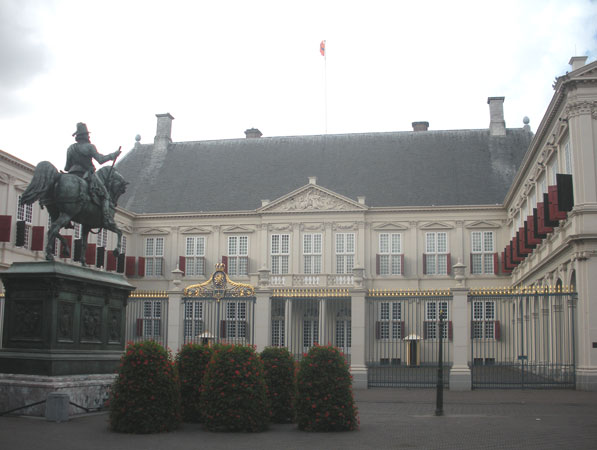
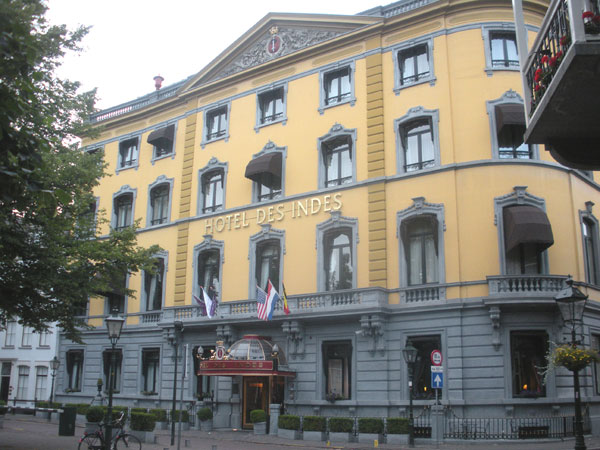
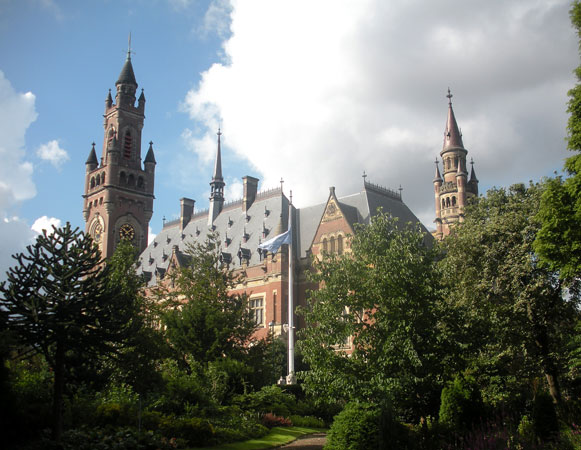
Living well together
Den Haag, like many European cities, experienced waves of immigration since 1945. Most recently, the large influx of Muslims offered extreme challenges not only to the newcomers but also to the existing residents. Over the years the city developed many systems to assist all newcomers find homes and jobs, learn Dutch, and become settled and comfortable. The municipality established an Expat Desk in the Stadhuis and a comprehensive website including a special section for Expats and Students with most pages in other languages, especially English.
As we explored the city, we were aware of the diversity of the people, but we did not encounter any difficulties - everyone was friendly! Netherlands certainly has its share of anti-Islamists including a political movement that showed strong support in recent elections but, in Den Haag, we felt that people were living together with a high degree of tolerance and respect for each other.
For us, we found that living in the Global City by the Sea was one of the more pleasant and comfortable experiences we have had!
Click here to return to our 'Summer 2010 - Turkey and More Time in Europe' page
![]()